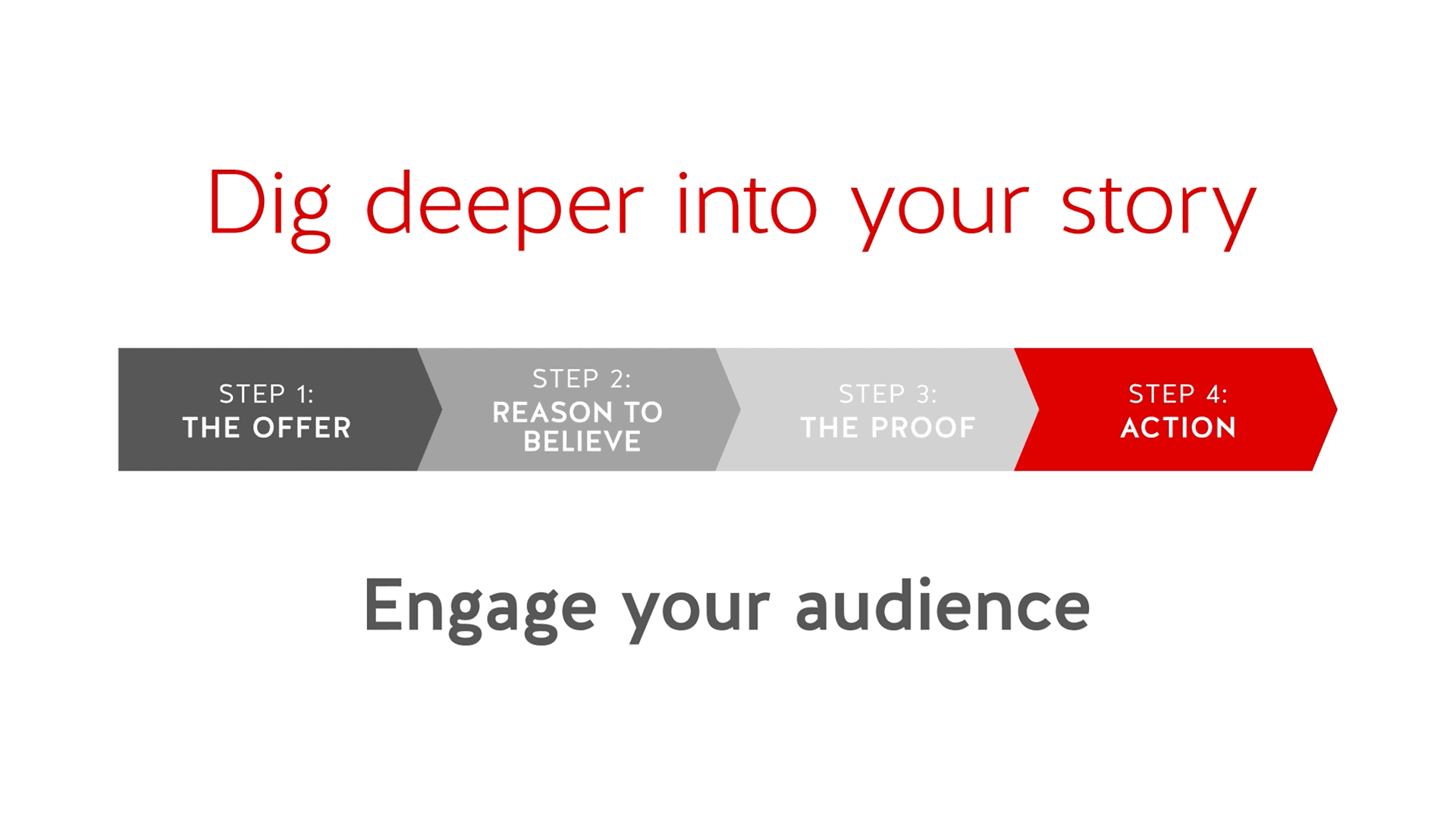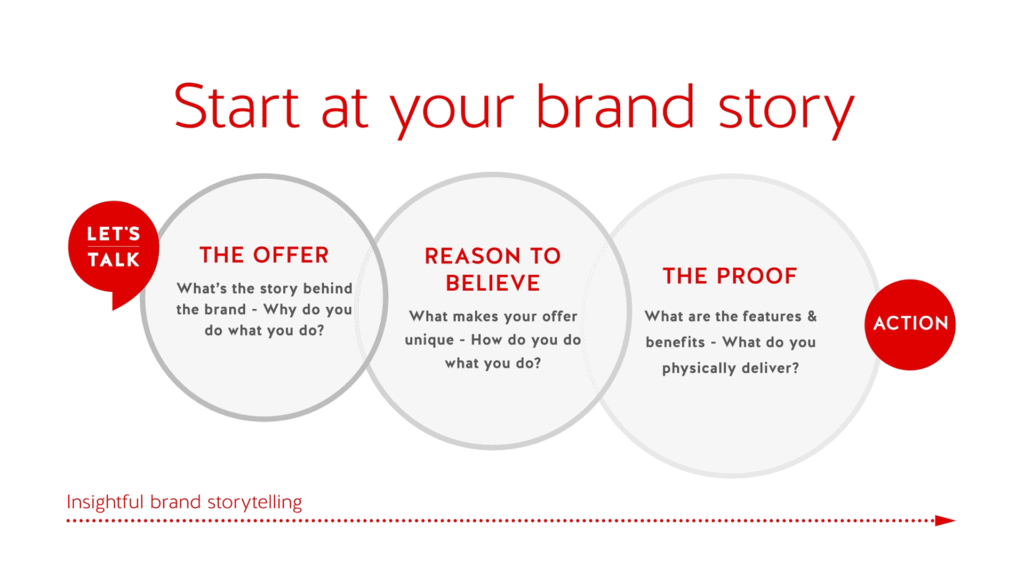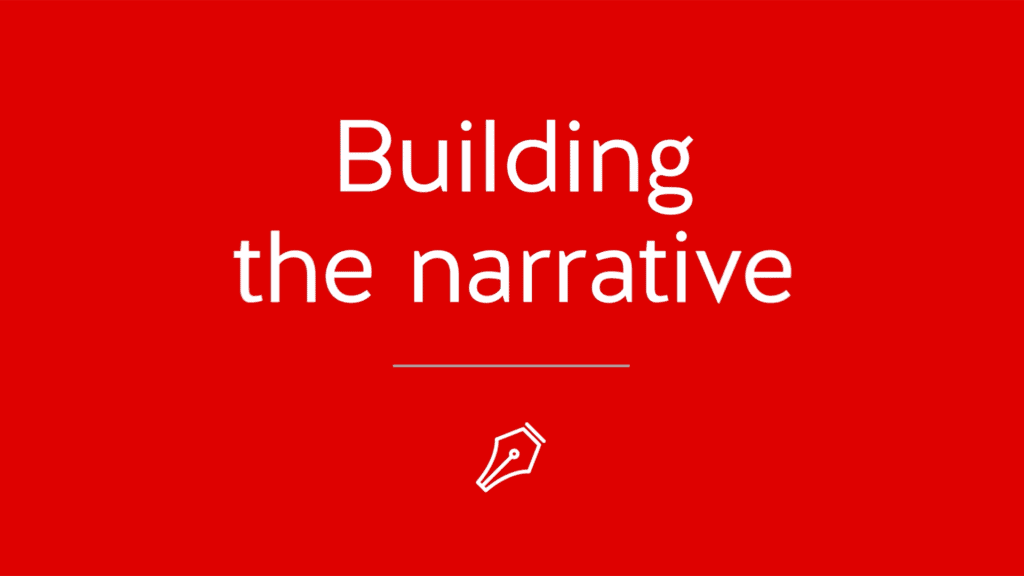Stories are powerful. The way we tell stories has been a part of human history since the beginning of time. In our digital world, storytelling isn’t just about entertainment; it is a powerful business tool that can help you connect with your audience and drive customer connections.
Gone are the days when businesses could sell to clients and consumers in a literal way. Consumers today want to communicate and connect with brands in an unfiltered and authentic way. For brands, that means not fabricating a story around what you do, or the product you make, but extracting the narratives that leads people to want or need the things you are offering.
As an agency that works in Healthcare Communications, we are often asked to create stories that communicate personal stories around emotional issues. These are often complete real-life patient stories in long-form videos or short form campaign stories that are played out across an ongoing narrative on social media, landing pages, sharable video, email campaigns, and more.
However, every memorable story has a common structure. And it will the same with marketing your story.

Where To Begin?
If you’re trying to generate greater brand awareness, digging deeper into your brand story is the best place to start. A campaign to promote a product or service, will also need to be aligned to your brand – so again, your brand story is probably a good place to start.
A brand story will typically include the core offer of your business, the passion or vision that drives the brand forward. It will also give your customers a reason to believe, the unique purpose that sets your brand apart from your competitors and defines its qualities. And finally, there will be proof, what the brand actually delivers to clients and customers.

Quite often, businesses want to focus on the products they sell. And, that’s fine if you just want people to buy the practical products you offer. But this often leads to your product being judged on price alone, because your audience has no other way to perceive the added value or quality it can also offer.
The Building Blocks of Your Brand Story
When creating stories for a campaign, where we want to go beyond simply broadcasting a message and get the audience to take action your need to dig deeper and give your stories additional structure and focus.
You need to take the core of the brand story and draw out the emotional heart to take the audience on a journey. If you wrap your narrative around your audience’s own experience, your story will become far more relevant and engaging.
It’s not about you. It’s about your audience…
The structure we use to form these audience focussed stories has the familiar framework of fiction – with a beginning, middle and end. It also has the critical final step, the audience action your story is building towards.

Step 1: The Offer
Set the scene for your story. Start at the beginning, laying down the premise for your story. Begin with who you are, why you do what you do. Start simply, then progress to reveal the conflict your audience may face. Show that you understand them and their challenges.
Step 2: Reason To Believe
How can you demonstrate to the audience that you are the trusted guide who can lead them through the problem you’ve just identified? Simply swooping in and resolving the issue isn’t a story. Customers or clients must understand what you offer and the limits of their own capabilities. That’s what a story gives us and why they need to start believing in yours.
Defining the situation the audience finds themselves in concisely and clearly can show them when they find you most valuable. Follow that up with an outline of how you deliver what you do in a straightforward way, and display empathy if you can – ‘We’ve been there ourselves and helped hundreds of clients like you…’.
Also, show some authority. No need to go overboard, but showcasing some knowledge and expertise lets the audience know why your guidance is of most value.
Step 3: The Proof
The resolution to this story needs a clear outline and a pathway for the audience to follow:
• How will your audience’s issues be resolved?
• What is the process to make that happen?
To achieve this, start by describing what success will look like. Define what the audience is looking for, and how it benefits them. Touch on failure lightly to see the consequences of taking no action.
Now illustrate a clear pathway for the audience to engage with you and begin their journey. Tell them how quickly and easily they can benefit from the product or service in the story. If you can alleviate their fears and remove any challenges at this point, there’s no reason for them not to take the next step…
Step 4: Action
All stories point towards a final conclusion, and this final action should be considered in the context of any story. What should the audience do next?
Your story may be ready to directly engage the audience ‘Don’t wait, contact us today!’. Or it may be a story to begin encouraging colder contacts who are looking for something less committed and transitional ‘For free professional advice, and a no-obligation conversation…’.
It really depends on where you want to direct your audience in their engagement cycle and how compelling the story may be. Read our blog post on finding an audience for your brand to understand where your audience may be right now.
Found this interesting?
If you’d like some help to define and start telling your story, let us know. We’re always happy to chat. With our quick guides and templates we can easily help you to find the right strategy and structure for your story, so let’s talk…